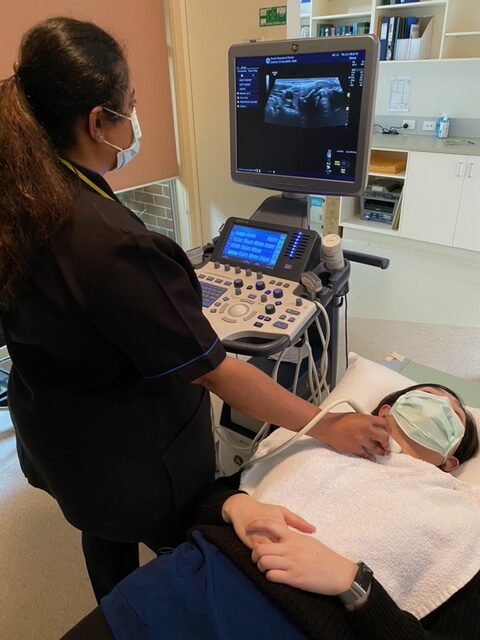
Ultrasound (US) imaging, also called ultrasound scanning or sonography, is a painless, fast, and easy method of “seeing” inside the human body with high-frequency sound waves. The sound waves are recorded and displayed as a real-time visual image. No ionizing radiation is involved in ultrasound scanning.
In most ultrasound examinations, a transducer, a lightweight device that produces sound waves is placed on the patient’s skin. There are also special transducers, which can be put into the vagina or rectum to image these areas of the body.
Foster Public hospital87 Station Road Foster, Victoria, 3960
03 5682 1560
info@sgradiology.com.au
